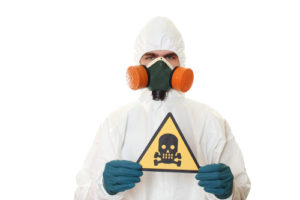Can You Get Skin Lesions from Mold Exposure?

It’s Time to Get Stern with Your Mold!
Mold can cause severe respiratory problems, eye irritation, chronic headaches, and skin lesions. As unpleasant as it may be to think about, human skin can be an ideal growing surface for mold. Mold needs warmth, moisture, and food to thrive: 1. Your skin is a biodegradable surface, much like wood or sheet rock; 2. The average human body temperature is between 97.7 °F and 99.5 °F; and 3. The only other thing mold needs to reproduce and grow on human skin is moisture.
Common causes of mold growth on skin
• If you don’t dry thoroughly after bathing, the moisture can create an ideal condition for mold growth on your skin.
• High humidity levels in your home can result in your skin remaining moist long after you’ve finished your bath or shower.
• Consuming a diet high in yeast can create too much yeast in your blood and cause a yeast infection and mold on the skin.
• Any infection or immune system problem that compromises the natural defenses of your body can give mold a toehold and lead to serious skin lesions.
Why NYC mold removal?
People allergic to mold spores may develop a skin rash in response to exposure. The red, inflamed areas of the skin can be itchy and painful. Because the skin is already damaged, it doesn’t take much scratching to break the skin and open the door to infection and severe skin lesions.
The old medical idiom “prevention is the best cure” applies to all the possible health risks of mold. Contact the experts at Stern for a consultation on their patented method of NYC mold removal. MoldExterm is a fast and affordable.
